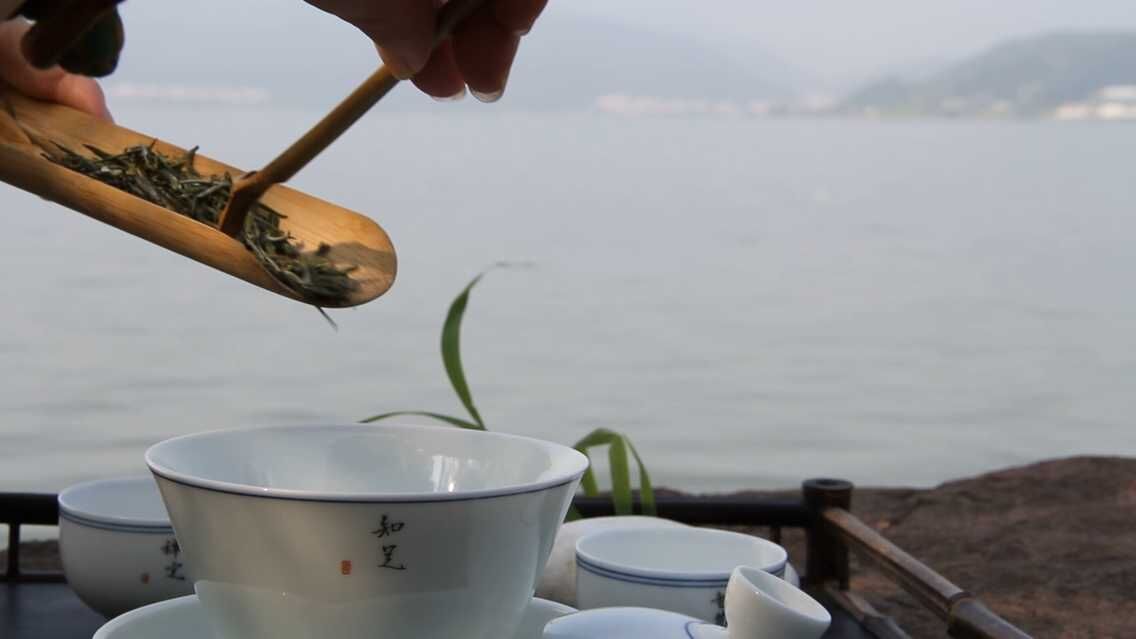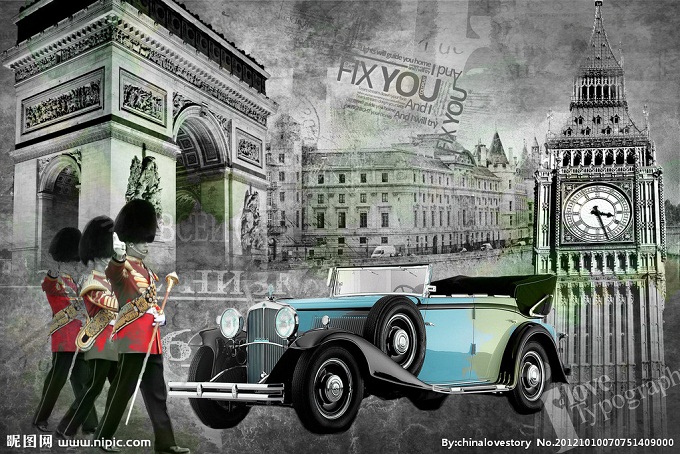
当前课程知识点:Culture and Tourism(International Edition) > Week 2: Mixed Heritage and Cultural Heritage Categories > 2.2 Authenticity, Integrity and Cultural Routes > 2.2.3 Heritage routes and heritage canals (2)
返回《Culture and Tourism(International Edition)》慕课在线视频课程列表
返回《Culture and Tourism(International Edition)》慕课在线视频列表
运河可用于多种用途
灌溉、航运、国防、水力、防洪、土地排水和供水
以下是可能具有重要意义的技术领域
水道的衬砌和防水
参照其他建筑和技术领域的比较结构特征
确定线路的工程结构
运河可用于多种用途
灌溉、航运、国防、水力、防洪、土地排水和供水
以下是可能具有重要意义的技术领域
水道的衬砌和防水
参照其他建筑和技术领域的比较结构特征
确定线路的工程结构
运河以各种方式对经济作出贡献
例如在经济发展以及货物和人员的运输方面
运河是第一条人造的有效运输货物的路线
运河通过灌溉的方式
在经济发展中继续发挥着关键作用
以下因素很重要
所以国家的建筑、工业的发展、工程的发展
技术的应用等领域和行业,也包括旅游业、农业、开发
产生财富等都有重要作用
因此,运河的修建,而且其运行继续产生社会影响
也引发了财富的再分配与社会文化的变革的结果
也促进了人的交流和文化群体的互动
因此,这样大规模的工程建设将继续对自然景观产生影响
相关的工业活动
和不断变化的聚落格局导致景观形式和格局的明显变化
所以我就举两个例子,丝绸之路,长安天山走廊
下一个与运河有关的是一条大运河
因此,在文化线路方面
长安天山走廊和丝绸之路的线路是
从汉唐时期的中国中部首府
长安洛阳到
中亚哲台苏地区
的六大路网中约500公里的一段
它形成于公元前2世纪至公元1世纪
一直使用到16世纪
连接了多种文明,促进了贸易、宗教信仰
科学知识、技术创新
文化习俗和艺术等领域的广泛交流活动
线路网包括33个组成部分
包括各帝国和汗国的都城和宫殿建筑群
贸易定居点、佛教洞穴寺庙、古道、驿站、关隘、烽火台
长城段、防御工事、坟墓和宗教建筑
好吧,这是很好的基于民用标准,例如标准2
我不打算讨论所有这些标准
你可以根据标准2和标准3
以及标准5和标准6对比标准的上下文
在其他例子中
它形成了帝国内陆通信系统的主框架
运输粮食和战略原材料,供应大米来养活人民
到13世纪,它由2000多公里的人工水道组成
连接着中国五大流域
至今仍被用作一种主要的通讯手段
它在确保国家经济繁荣稳定方面发挥了重要作用
所以大运河也基于市民突出的普世价值
我不打算讨论所有这些视频
只是在屏幕上看一下根据标准1
所以在这一部分,我将讨论两个重要的问题关于连接文化路线
-1.1 Introduction course outline and UNESCO World Heritage Program
--1.1.1 Introduction of culture and tourism course outline
--1.1.2 Introduction of UNESCO World Heritage Program(1)
--1.1.3 Introduction of UNESCO World Heritage Program(2)
-1.2 Cultural Heritage-1
--1.2.1 The meaning of culture heritage
--1.2.2 Criterion(i): masterpiece of human creative genius
--1.2.3 Criterion(ii): exhibit important interchange of human value
--1.2.4 Criterion(iii): bear a unique or at least exceptional testimony
--How can the public understand the importance of heritage?
-1.3 Cultural Heritage-2
--1.3.1 Criterion(iv): an outstanding example in human history
--1.3.2 Criterion(v): represent a culture or human interaction with environment
--1.3.3 Criterion(vi): associated with living traditions of outstanding universal significance
-1.4 Natural Heritage
--1.4.1 Natural heritage features, formations and criterions
--1.4.2 Cases studies of natural heritage
--Cultural landscape meanings: The case of West Lake, Hangzhou, China
--Week1 quiz
--How to access heritage of your hometown?
-2.1 Mixed Culture and Natural Heritage
--2.1.1 Mixed heritage operational guidelines and cases (1)
--2.1.2 Mixed heritage operational guidelines and cases (2)
--2.1.3 Mixed heritage operational guidelines and cases(3)
-2.2 Authenticity, Integrity and Cultural Routes
--2.2.1 How to determine authenticity and integrity
--2.2.2 Heritage routes and heritage canals (1)
--2.2.3 Heritage routes and heritage canals (2)
--What do you think about cultural heritage categories?
-2.3 Special Heritage and Sustainable
--2.3.1 Physical remains of the history of technology and industry
--2.3.2 Transboundary Heritage, Serial Heritage, Serial/Transnational Heritage
--2.3.3 Intangible cultural heritage
--2.3.4 UNESCO World Heritage and Sustainable Tourism Programme
--Recovering the Memory of Ourselves for the Sustainable Cites
--Week 2 quiz
--What do you think about cultural heritage categories?
-3.1 The Australia’s Heritage System and Sydney Opera House
--3.1.1 The Australian Heritage System
--3.1.2 Case Study: The Sydney Opera House
-3.2 Role of the ISCCL and Cultural Landscape (1)
--3.2.2 Uluru-Kata Tjuta National Park
--3.2.3 Honghe Hani Rice Terraces
-3.3 Role of the ISCCL and Cultural Landscape (2)
--3.3.1 West Lake cultural landscape (1)
--3.3.2 West Lake cultural landscape (2)
-3.4 Rural Landscapes as Heritage
--3.4.1 ISCCL Principles Concerning Rural Landscapes as Heritage
-3.5 Case Study: Mongolian Altai
--3.5.1 Nature Culture Integration & the Mongolian Altai(1)
--3.5.2 Nature Culture Integration & the Mongolian Altai(2)
--Week 3 quiz
--Discussion: What do you think is the role of ISCCL?
-4.1 Introduction of the Meaning of 'landscape’
--4.1.1 Brief introduction of landscape and culture
--4.1.2 The conceptual framework of cultural landscape
-4.2 Landscape Values
--4.2.1 The word “landscape” itself and differences in Western, Eastern
--4.2.2 Cultural significance for heritage source
--Discussion: What do you think the cultural landscape attracts you?
-4.3 Reading the Landscape: Identification and Assessment
--4.3.1 Planning model for heritage conservation management policy
--4.3.2 Cultural landscape resources evaluation steps
--Article: Cultural mapping: Intangible values and engaging with communities with some reference to As
-4.4 Case Study: Wingecarribee Historic Landscape
--4.4.1 Case study:Wingecarribee historic landscape study(1)
--4.4.2 Case study:Wingecarribee historic landscape study(2)
--Week 4 quiz
--Discussion: What should we do to strengthen the protection of cultural landscape?
-5.1 Indigenous Tourism
--5.1.1 Indigenous tourism background
--5.1.2 World heritage and indigenous peoples
--5.1.3 Tourism issues at Canadian indigenous world heritage sites
--Discussion: What challenges indigenous World Heritage faces?
--Article: State conceptions of indigenous tourism in Chile
-5.2 Case Study and Conclusion: Great Expectations for Tourism
--5.2.1 Case study Pimachiowin Aki
--5.2.2 Conclusions:Great Expectations for Tourism
--Disussion: Do you have any experience of indigenous tourism?
--Week 5 quiz
-6.1 The Definition of Heritage in Heritage Performance Study
--6.1.1 The definition of heritage in heritage performance study
--6.1.2 Heritage performance and meaning making
--6.1.3 Two key issues emerging from qualitative study
-6.2 Heritage Performance - Evidence from Australia, England and USA
--6.2.1 Heritage performance - reinforcement
--6.2.2 Heritage Performance - inter-generational communication and social values
--6.2.3 Heritage performance - recognition and respect
--6.2.4 Heritage performance - education
--Article:Theorizing museum and heritage visiting
-6.3 The Conclusion of Heritage Performance
--6.3 The conclusion of heritage performance
--Week 6 quiz
--Discussion: What kinds of heritage performances have you learned in this week?
--Final test




